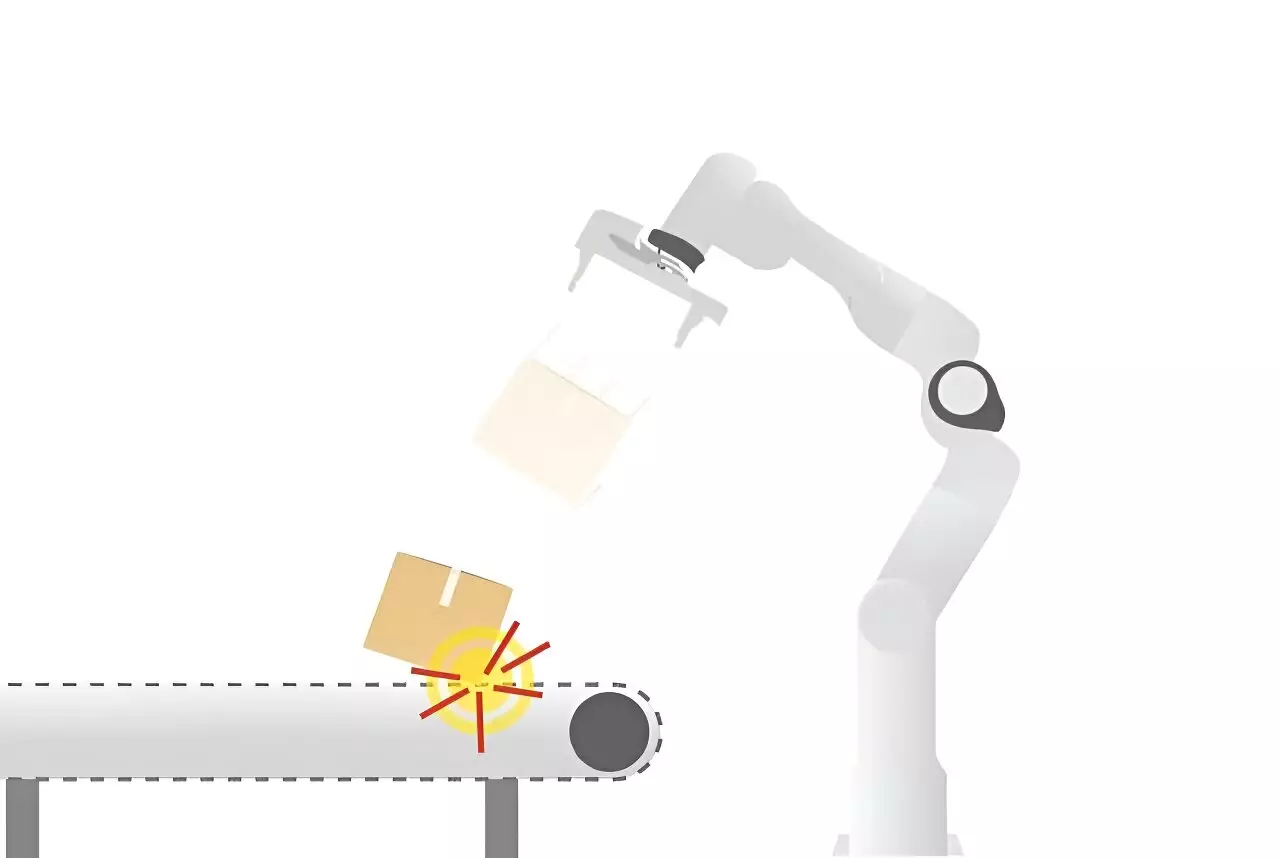Recent advancements in robotics have captured the attention of numerous industries, particularly within the automotive sector, but the journey does not end there. As automated systems begin to permeate diverse fields such as logistics and disaster response, researchers are faced with the pressing need to enhance the current capabilities of robots. Recent studies reveal that traditional robots, while proficient at executing repetitive tasks, often lack the dexterity and adaptability inherent in human behavior. This article explores the limitations of conventional robotic systems and highlights cutting-edge research focused on developing advanced robots capable of dynamic interactions with their environments.
The functionality of today’s robots is often restricted by their programming, which usually entails performing a limited number of tasks repetitively and in the same manner. While effective for assembly lines and controlled environments, such rigidity poses significant challenges in contexts requiring adaptability and quick responses. The reality is that certain tasks remain particularly hazardous or ergonomically unsuitable for human workers. For example, managing heavy luggage in airports, navigating treacherous environments like nuclear plants, and attending to emergencies in disaster-stricken areas can be exceedingly dangerous for humans. This gap in capability underscores the necessity for robots that can independently manage such challenges.
Furthermore, the push for robotic involvement in space exploration is evidence of the demand for machines that can operate efficiently and safely in unpredictable and harsh conditions. However, conventional robots’ inability to perform dynamic interactions limits their utility. Most robotic systems are explicitly engineered to avoid collisions, preventing them from physically engaging efficiently with their surroundings. Hence, significant innovation is required to enable robots to exploit their interactions with various objects to enhance their operational effectiveness.
Advancements in Impact-Aware Robotics
Researchers are now focusing on creating robots that can engage dynamically with their environments—termed ‘impact-aware robots.’ This approach emphasizes the understanding of how robots can make contact with heavy objects and adapt to varying physical states instantly. Researchers at Eindhoven University of Technology, led by Associate Professor Alessandro Saccon, have embarked on an ambitious project aimed at enhancing the robots’ capabilities in this domain. The I.AM project targets collision exploitation, a concept pivoting away from the conventional focus on avoiding collisions, instead concentrating on how robots can reliably and swiftly grasp and manipulate heavy loads despite uncertainties.
The researchers utilized first-principal physics calculations that measured physical variables such as mass and friction. By creating simulations of real-world interactions, they could analyze discrepancies between theoretical models and practical results, leading to a significant understanding of robotics dynamics. Through this iterative process, they evaluated various algorithms for motion control and planning, yielding novel insights into robotic interactions with their environments.
The Role of Collaboration in Research and Development
An aspect of the I.AM project that significantly contributed to its success was its collaboration with industry experts. Partnering with VanderLande, a global leader in logistics automation, offered real-world insights into current bottlenecks in the field. Such partnerships allowed the research team to align their academic pursuits with industry demands, ensuring that their findings were both applicable and valuable. By establishing a shared lab on the university campus, students and researchers had access to hands-on testing environments, facilitating close collaboration and joint explorations into robotics innovation.
Many students involved in this project have transitioned into the workforce, finding employment with the partner companies, highlighting the project’s tangible impact on education and workforce development. This exchange of knowledge not only enriches academic research but also positions participating firms to harness cutting-edge developments in robotic technology.
As the I.AM project culminates, the potential for further exploration in fast planning and spatial perception is increasingly apparent. While foundational advancements in impact-aware robotics have been achieved, there remains a treasure trove of opportunities for further research. With ongoing collaboration with both national and international firms, as well as continued pursuit of funding opportunities, the groundwork laid by the I.AM project sets a promising stage for future innovations.
The challenges that lie ahead are both daunting and exhilarating, as researchers continue to grapple with the complexities of human-like interactions in robotics. The aspiration to replicate the intuitive spatial understanding that humans possess is what drives many in this field. With collective effort and shared knowledge, the robotics community is poised to unlock new opportunities, making significant strides towards sophisticated systems that not only operate efficiently but also enhance our capabilities in various high-stakes applications.


Leave a Reply